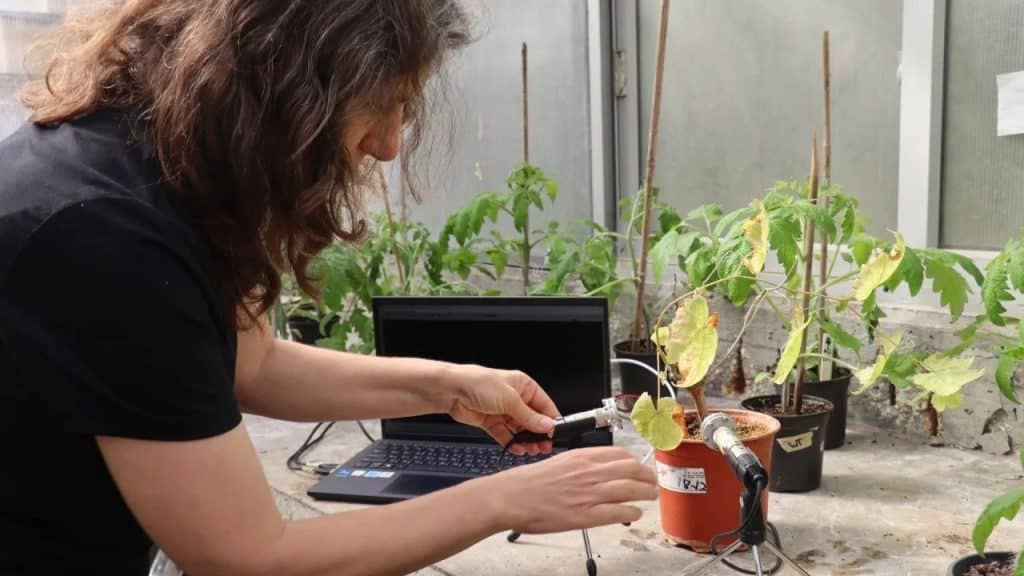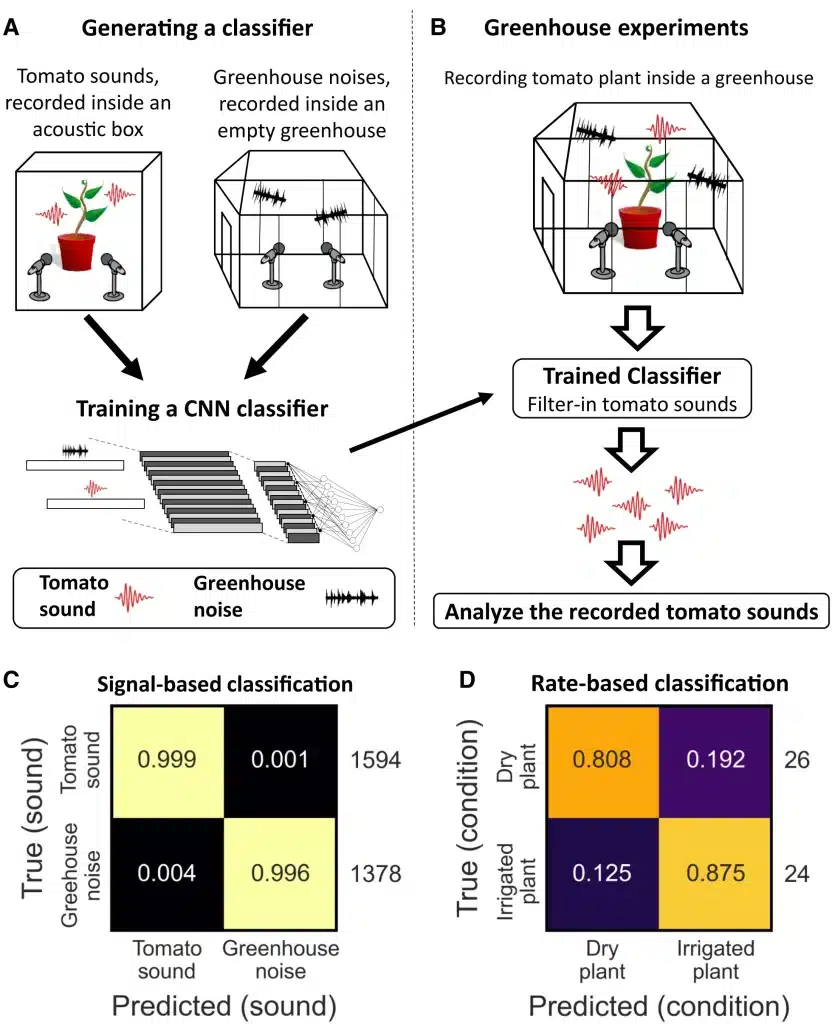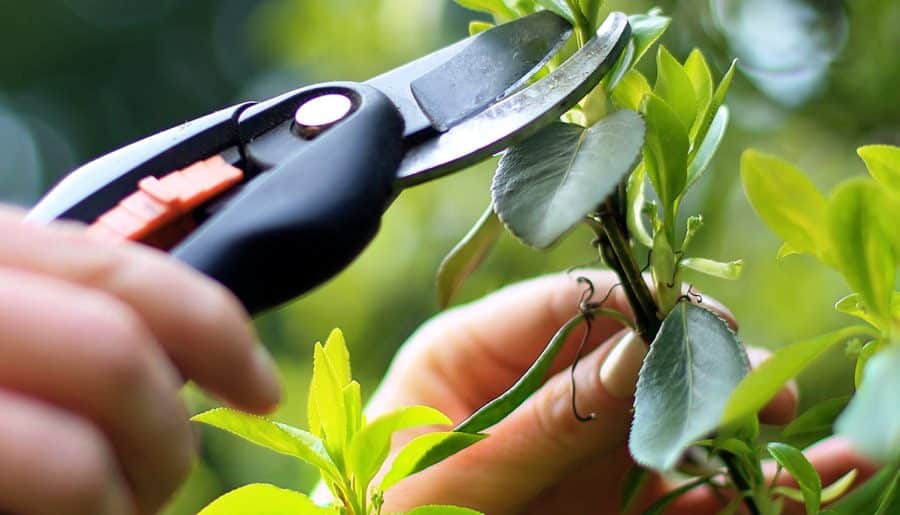Stress is a universal experience that affects both humans and animals alike. When we’re feeling overwhelmed or hurt, we all have different ways of expressing our emotions.
Some may cry or shout, while others turn to meditate and exercise. Others may prefer to write about it or talk to loved ones and friends.
Similarly, animals also have their own unique ways of expressing stress, whether it’s through changes in body language, behavior, or vocalizations.
But did you know that plants also have their own ways of expressing stress?
Yes. You read that right.
A new study shows that plants emit cries for help when stressed, thirsty, infected, cut, or hurt.

Researchers found that plants produce 30 to 50 clicking or popping sounds in an hour. In contrast, healthy plants emit fewer sounds, around one per hour. The staccato pops could be picked up 3 to 5 meters away.
Think of the sound when you burst a bubble wrap or cook popcorn, only in a rapid burst.
These are also ultrasonic sounds, about 20 to 250 kilohertz. It means the sounds are too high-pitched for humans to hear. We can only hear up to 16 kilohertz.
However, insects and other animals, such as moths and small mammals, including mice and bats, may be able to hear, interpret, and respond to these sounds. Perhaps they are even able to help the troubled plants in some way we don’t yet understand.
To determine if plants were emitting sounds, researchers recorded cactus, tobacco, and tomato plants in a greenhouse.

The plants were placed in soundproofed acoustic boxes equipped with ultrasonic microphones to record between 20 and 250-kilohertz frequencies.

The ultrasonic microphones were positioned approximately 10 centimeters away to record their sounds.
The researchers recorded the plants’ sounds in different conditions, including a healthy state and when exposed to drought (not being watered for five days), infection, and cutting.
They found that plants emit sounds at a frequency ranging from 40 to 80 kilohertz. Even in a noisy greenhouse, the team observed that the clicks emitted by the plants were detectable.
The recorded sounds were also used to train an artificial intelligence algorithm to differentiate between the sounds produced by unstressed, cut, and dehydrated plants. An AI classifier (see diagram below), was used to pick out the plant only sounds. However, it wasn’t perfectly accurate.

The definite reason for how the sounds are produced is still unclear, but researchers believe cavitation may be responsible.

Cavitation is when an air bubble collapses under pressure in the xylem or tubes that transport water and nutrients from the roots to other parts of the plant. This results in a clicking or popping sound.
In addition, scientists note that while the information is intriguing and thought-provoking, there is currently no conclusive evidence that plants communicate actively by making these sounds. Moreover, there is no proof that plants can feel things just like humans do.
However, scientists believe that the knowledge can be useful for humans, particularly those in agriculture, as it can assist them in determining when plants require watering. This can be achieved through the use of appropriate tools, like sensors.
This discovery highlights the potential benefits of audio monitoring in farming and horticulture.







